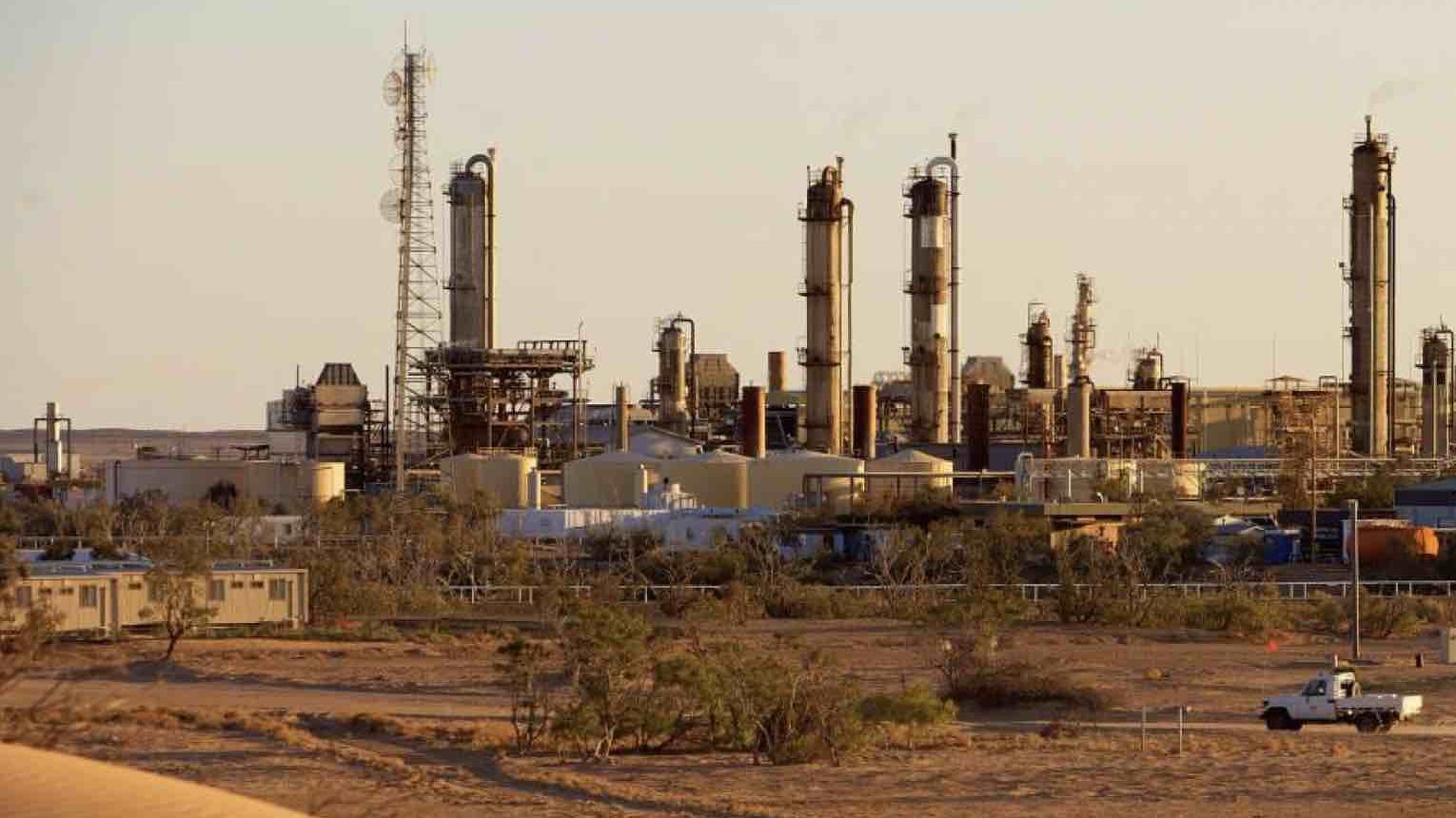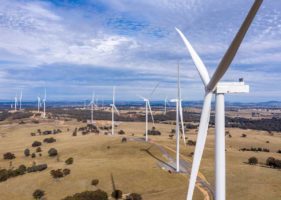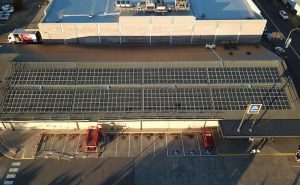Oil and gas company Santos is assuming a carbon price of nearly $70 a tonne as it juggles the finances of its proposed flagship carbon capture and storage project in the Moomba gas fields in South Australia.
Santos is proposing to inject C02 into depleted reservoirs in the Moomba fields, and intends to make a final investment decision when it receives confirmation in coming months that its proposal will be approved by the Clean Energy Regulator, which manages and defines the rules of Australia’s carbon market.
It is often forgotten that when prime minister Tony Abbott scrapped the carbon price in 2014, to the jubilant celebrations of even LNP moderates, he replaced the “polluter pays” market with a much criticised Safeguard Mechanism that pays polluters if they manage to reduce emissions below what most analysts say are weak benchmarks.
This carbon currency, known as Australian Carbon Credit Units (ACCU), is currently trading at record levels of nearly $23/tonne, the level of the much criticised fixed carbon price introduced by the Gillard Labor government under a deal with cross-benchers and the Greens.
This carbon market is being buoyed by strong demand from companies seeking to offset their emissions on a voluntary basis (in the absence of any meaningful federal government climate target), and Santos is counting on this price to reach $US50/tonne, or $A68/tonne, by 2030.
Santos cites this carbon price and time frame as it seeks to paint a rosy picture of the CCS project at Moomba, saying if it does obtain that price, then it will pocket an internal rate of return (IRR) of around 20 per cent from the investment.
At the same time, the company insists that the actual cost of CCS will only be around $24/tonne, but it also says that the project – and others like it – won’t go ahead without the technology being approved by the CER and it getting access to carbon credits.
The Moomba gas field emits around 2.3 million tonnes a year, but the CCS project will seek to buy 1.7 million tonnes a year. These are reservoir emissions only.
CEO Kevin Gallagher says Santos is investigating carbon capture for post combustion emissions, which account for the rest of the field’s emissions, but admits this is not economic yet and that the cost of that technology, even it it works, needs to fall below $A50 tonne. And that cost is over and above the cost of the gas itself.
“If we are able to achieve that, in the years ahead, depending on carbon price, that opens up the opportunity to offset other people’s emissions in the cooper Basin,” Gallagher said. “But the carbon price is not there yet. It’s not there to make that economic yet.”
Santos describes The $165 million Moomba CCS project as one of the largest, and lowest cost, CCS projects in the world, as it benefits from depleted reservoirs, and existing separation equipment. It has received government funding of $15 million.
It is also looking at a bigger CCS projects in other projects, such as Bay-Undan “once those fields are depleted”, and has plans for a “zero emissions” hydrogen project at Moomba. A new report has described “blue hydrogen”, making hydrogen with gas and CCS, as worse for the climate than burning coal and gas directly.










